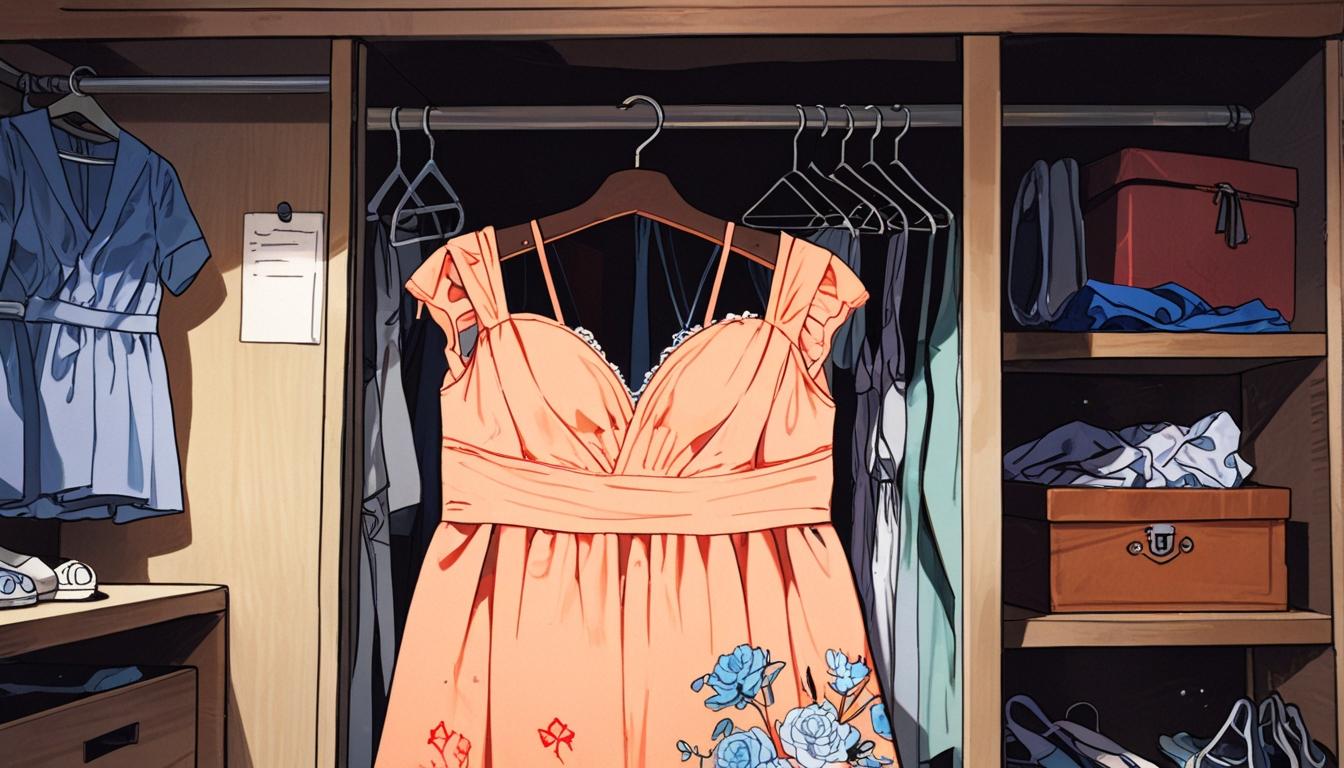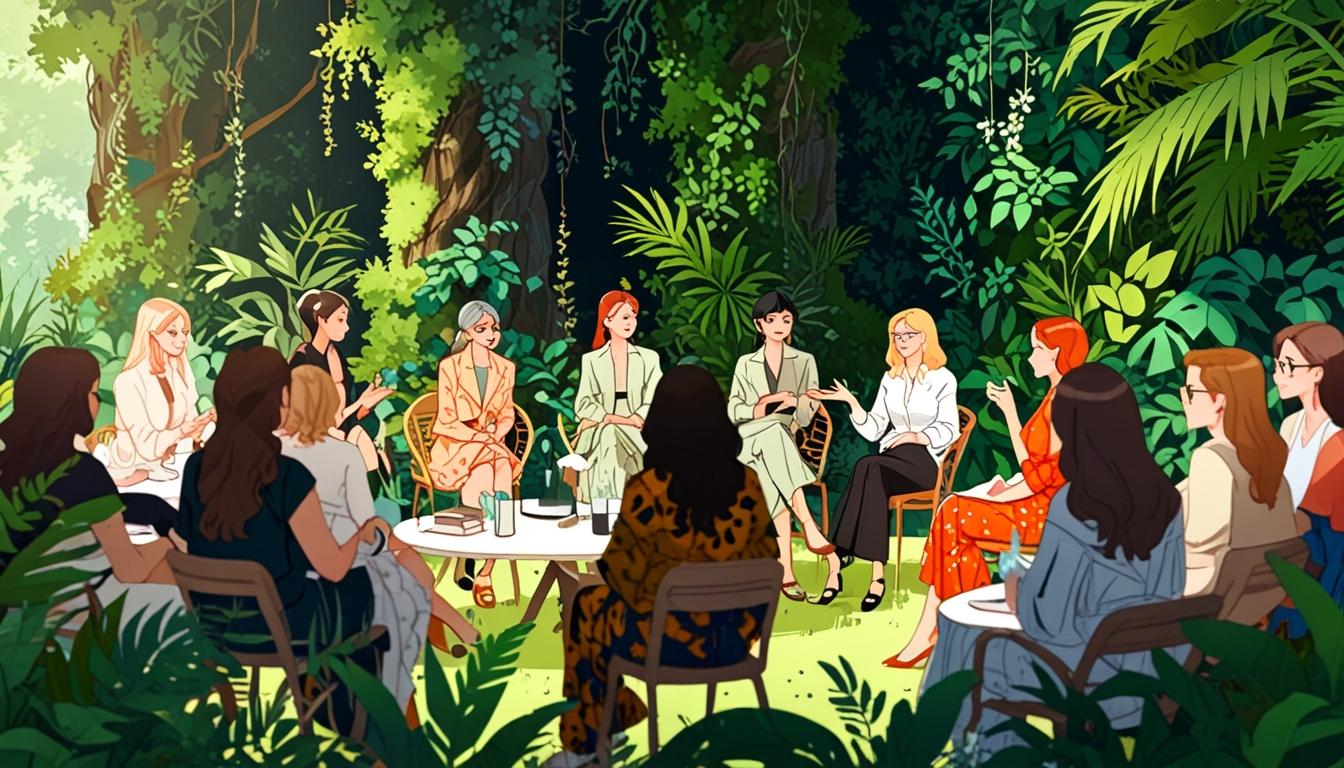In a recent column, wedding planner Alison Rios McCrone offers solutions for bridesmaids grappling with unwanted dresses after the big day.
In a recent installment of her agony aunt column, wedding planner and venue owner Alison Rios McCrone addressed a common conundrum faced by many bridesmaids: what to do with a bridesmaid dress after the wedding. The query came from Abbey, a friend of the bride, who found herself stuck with a £150 dress that she did not particularly like, nor had any practical use for, after her friend’s wedding last year.
Abbey expressed her dilemma, revealing that while she had supported her friend on her special day, she regretted her decision to wear a dress that she felt would not be appropriate for future events. “At first I thought, maybe I could wear it again to a black tie event or something, but it’s very clearly a bridesmaid dress rather than an evening gown,” she shared, highlighting her frustration at the garment now occupying valuable space in her wardrobe.
In her response, McCrone affirmed the significance of Abbey’s participation in the wedding but recognized the issue of unsuited dresses remaining with bridesmaids post-event. She emphasized, “It’s doubtful that your friend is expecting you to hold onto it – in fact, she may not have even thought about it since her big day.” This sentiment encapsulates a broader understanding of the challenges surrounding bridesmaid attire, as it often lacks versatility for wear beyond the wedding day.
Offering practical solutions, McCrone suggested that Abbey consider altering the dress into something more fashionable and functional. She noted that with the help of a skilled seamstress, the dress could be transformed into a cocktail dress or stylish separates that could see more frequent wear. Alternatively, she proposed donating the dress to a charity, such as the Wedding Wishing Well Foundation, which assists individuals in need of wedding attire due to urgent circumstances.
McCrone also encouraged Abbey to communicate openly with her friend about her plans, suggesting that she might mention her intent to donate the dress, inviting her to share any preferences she might have for the donation. This approach would foster a collaborative decision instead of simply discarding an unwanted garment.
Moreover, if selling the dress online through platforms like Vinted or eBay seemed appropriate, McCrone pointed out that donating the proceeds to a charity could also serve a dual purpose of tidying up Abbey’s closet while contributing to a good cause.
Ultimately, McCrone’s advice highlighted the need for bridesmaid dresses to be more versatile and considerate of their potential future use. She noted her own experience, stating, “When I married my husband, I chose and paid for all our bridesmaid dresses. I picked something that could be worn again from a high street store, but I always knew that not everyone would reuse them.” Reflecting on this, she acknowledged that even the most carefully chosen dresses may end up unworn and tucked away.
This exchange not only addresses Abbey’s immediate concern but also opens a dialogue about the broader implications of bridesmaid attire, encouraging thoughtful consideration amidst the joy and celebrations surrounding weddings.
Source: Noah Wire Services




